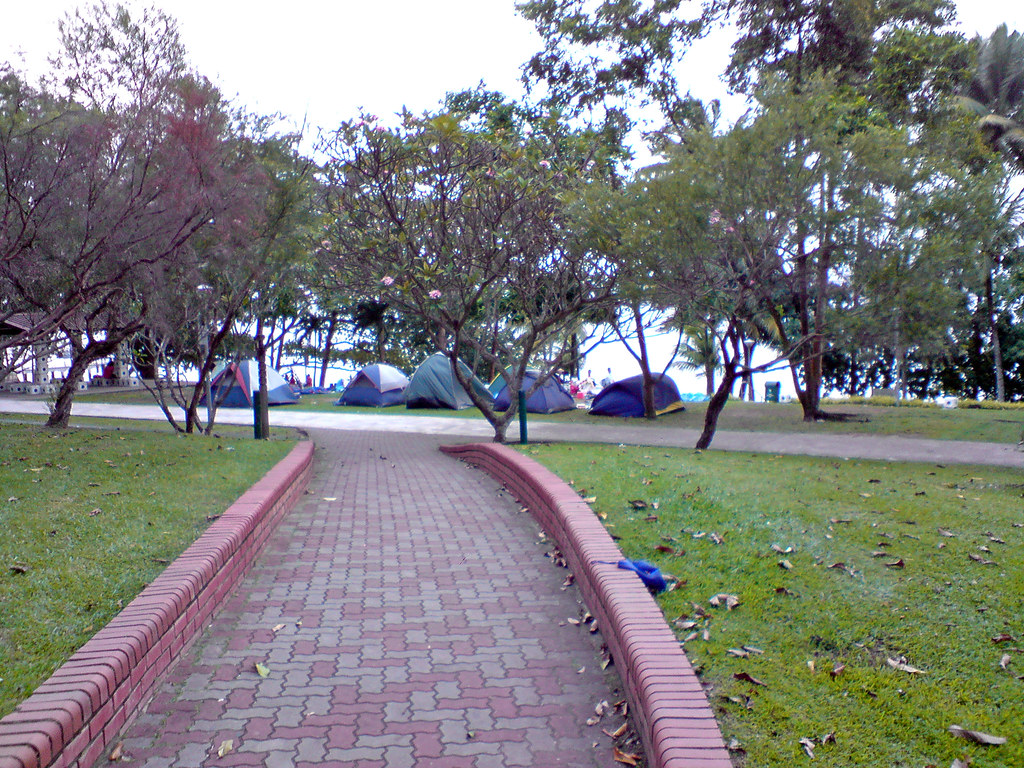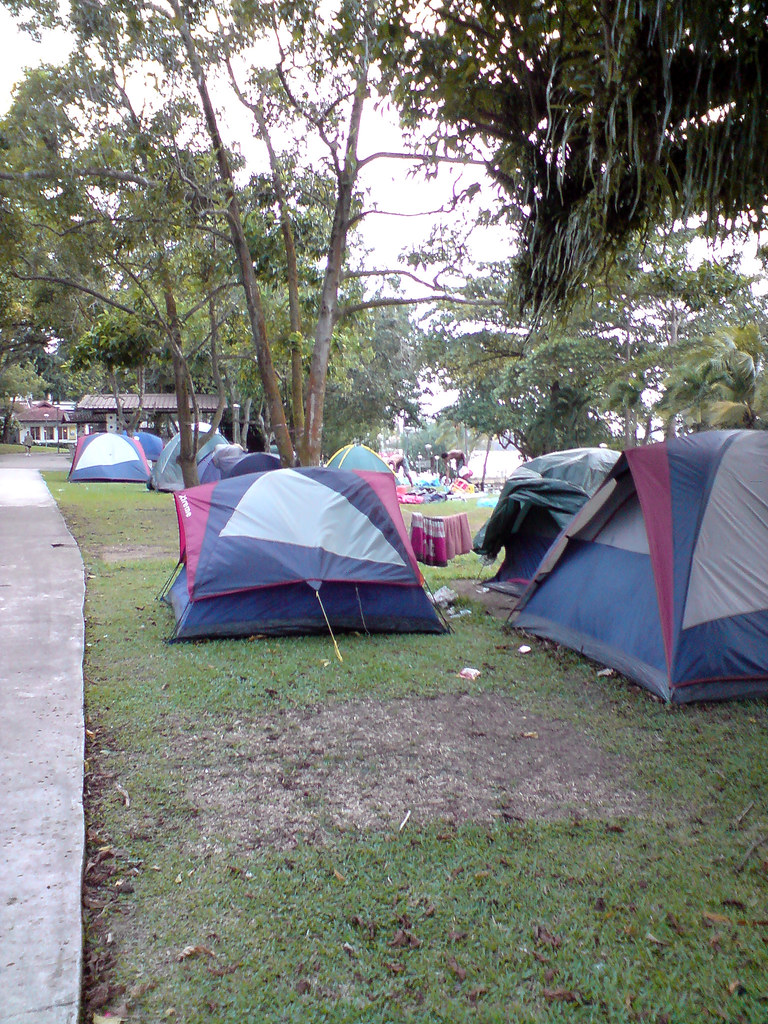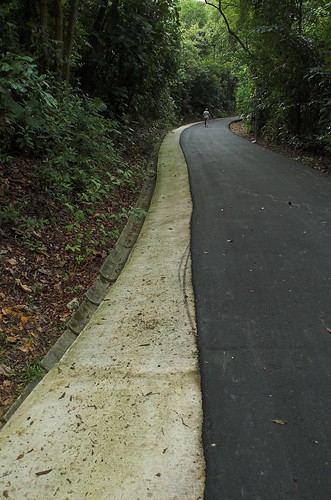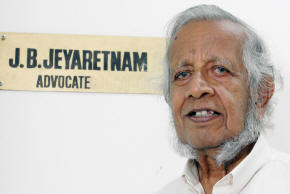I am doing a series of reflections as part of a post graduate course on Narrative Therapy. Overall there will be about ten reflection papers on various concepts and practices that currently form and shape Narrative Therapy.
What I appreciate from the readings is the emphasis on enabling contributions and the discussion on hazards to watch for in outsider-witness practice. In my training as a counsellor, I am more attuned to the first metaphor of “curiosity and mystery” used in outsider-witness practice (Carey & Russell, 2003). When I introduced the outsider-witness practice in my organization and volunteer work place, the second metaphor of “acknowledging resonance and transport” drew a blank from colleagues and even invited some critique and words of caution on such a practice from clinical supervisors. This was definitely something unfamiliar for them.
The current dominant discourse about reflecting teams, at least in Singapore, is centred on the traditional practice of “neutral observation”. Other terms found in this discourse include “containment” and “boundaries” for therapists. The practice of reflecting is also frequently positioned as a means to help “unstuck” a therapist. In a way this is true because the effect of reflecting does introduce a breath of fresh air. My first attempt at outsider-witness practice was in 2008, partly based on wanting to get “unstuck” by trying to move clients into new territories after seven sessions, and partly being enthusiastic in wanting to try out the outsider-witness practice.
The clients were a mother-son dyad with a strained relationship due to concerns over his transgender identity. I assembled an outsider-witness team consisting of a gay male counsellor, a straight female social worker, and a transgender female adult. It did help clients through acknowledging their struggles and helped strengthen their resolve to journey onwards. New imagery was also described by the clients in relation to coping with the problems.
What I found valuable was the learning experience about some of the unique hazards and challenges that I encountered:
· Witnessing and the culture of “家丑不可外扬” (jia1 chou3 bu4 ke3 wai4 yang2) In most Asian cultures, such as the Chinese, family problems are often kept internal to family members. The phrase “家丑不可外扬” is a cautionary saying similar to admonishing the airing of dirty laundry in public. I got curious and traced the history of this to ancient teachings and discovered its original intention was to protect the family from external threats by not exposing its vulnerabilities. Although I had informed the mother about the possible benefits of the outsider-witness session, I did not address this cultural aspect more adequately and believe it might have limited her participation in the telling process.
· Recognizing the influence of other good intentions
Although that session went well, the sessions after that did not seem to connect with the themes brought out. Reviewing the readings helped me realize that the outsider-witness practice is premised on helping clients build on their preferred stories and thus construct their preferred identities.
Besides “unstucking” the therapist, other notions had crept in, such as “providing a resource” and possible “role model” or “mentor” through introducing a transgender figure. I believe these good intentions did not warrant the use of an outsider-witness group especially when alternative stories had barely emerged.
· Supporting outsider-witnesses in responding to enquiries on transport
The outsider-witnesses felt the process was meaningful for them as they were privileged to make a contribution towards the clients. I felt there was resonance when the witnesses could situate and link their personal stories to clients’ stories, however getting a response to my enquiry on transport was difficult (Denborough, 2008). Thus clients did not get a sense that they were contributing towards others. Together with other outsider-witness experiences, I have found that asking about transport often draws a vague or generalized answer. I do believe spending more time in scaffolding questions is necessary to support outsider-witnesses in this aspect.
· Determining when to use an outsider-witness group
Inviting a transgender person as outsider-witness was an idea that I proposed. The mother expressed her reservation that the son could be negatively influenced, whereas the son welcomed it fully. I believe this will be a constant dilemma when there is more than one client to work with. I have a sense that that the mother’s discomfort may be linked to the lack of development of a rich alternative story about the relationship with her son. This is something which I need to be responsible and skilful about in terms of considering when to use an outsider-witness practice. I am reminded of what Michael had written that “as these (re-authoring) conversations proceed, these alternative storylines thicken, become more significantly rooted in history, and provide people with a foundation for new initiatives in addressing the problems, predicaments, and dilemmas of their lives” (White, 2007).
References
Carey, M., & Russell, S. (2003). Outsider-witness practices: some answers to commonly asked questions. The International Journal of Narrative Therapy and Community Work(1), 63-90.
Denborough, D. (2008). Enabling contribution: Exchanging messages and convening definitional ceremonies. In Collective Narrative Practice: Responding to individuals, groups, and communities who have experienced trauma. Adelaide: Dulwich Centre Publications.
White, M. (2007). Chapter 2: Re-Authoring Conversations. In Maps of Narrative Practice (1st ed., pp. 61-128). NY: W. W. Norton & Company.








